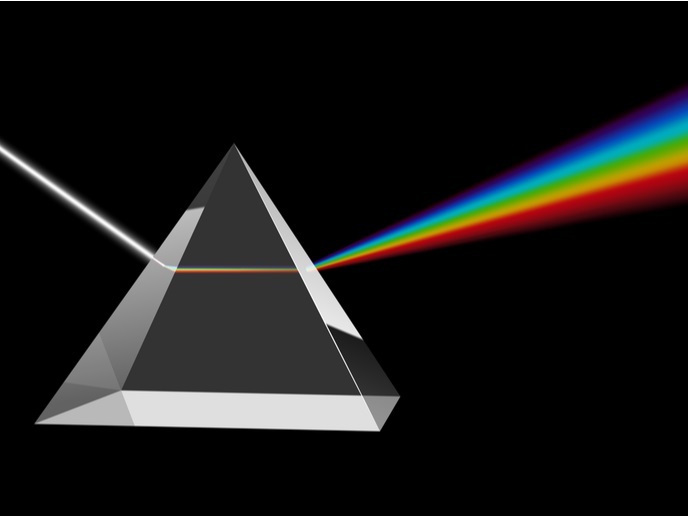Research reveals clues to the hidden geometry of prominent mathematical categories
Virtually every branch of modern mathematics can be described in terms of mathematical categories. Their study takes a bird's-eye view of mathematics. It may not directly reveal information regarding specific properties; however, it enables identification of relations (morphisms) between their objects that would otherwise be difficult to detect from the ground. Representing abstractions of other mathematical concepts, categories often reveal deep insights and similarities between seemingly different areas, such as algebra, algebraic geometry, homotopy theory and representation theory.
Viewing categories through a different prism
Categories are often ‘equipped’ with additional operations that allow the construction of new objects from given ones. These could be referred to as chromatic categories. Extending this further, it is possible to construct new chromatic categories from old ones. “The starting point of the EU-funded ChromoCats project is the observation that chromatic categories are geometric objects themselves; yet, their geometric structure remains to be unfolded,” explains Tobias Barthel, ChromoCats coordinator. Chromatic categories, by analogy to a prism that disperses white light into its constituent spectral colours, decompose over a space – called the Balmer spectrum – into local or monochromatic categories. This analogy helps reveal more about their geometric structure. The geometry of a chromatic category serves as a powerful tool for studying objects themselves and their relations, and also lends theoretical insight from one mathematical field to another. “It enables us to use geometric intuition to spot new patterns in prominent chromatic categories, for example local-to-global principles – how such categories can be built from their local pieces. Taking the prism analogy, it enables us to study how white light is assembled from its spectral colours or what happens to the ultraviolet or infrared part of the spectrum,” adds Barthel.
A powerful new mathematical framework
Researchers developed an innovative framework that decomposes any chromatic category – more precisely, a symmetric monoidal infinity category – into a sheaf of local categories over its Balmer spectrum. The theoretical method sheds light on three key aspects of the geometry of a chromatic category: its local structure, local-to-global principles and compactifications. “Our theory takes as input only a few fundamental concepts and then proceeds along the same lines of modern algebraic geometry; in other words, it is truly geometric in nature. It allows us to use geometric reasoning in problems with no evident geometric structure, leading amongst other things to powerful new computational tools,” notes Barthel. There is a universal example of a chromatic category known as finite spectra. Building on the remarkable work conducted by Devinatz, Hopkins, and Smith in the 1980s, Barthel and his collaborators enhanced understanding of a more complicated variant of this category with additional symmetries. Specifically, they determined the Balmer spectrum of the G-equivariant stable homotopy category for any finite abelian group G, and more generally, for all compact Lie groups. Finally, researchers constructed compactifications of chromatic categories via a categorification of ultraproducts from mathematical logic. This solves the algebraisation problem in chromatic homotopy. Overall, the ChromoCats framework, made possible with the support of the Marie Skłodowska-Curie Actions programme, provides a systematic description of the geometry of chromatic categories, leading to substantial progress on outstanding conjectures in algebra and topology.
Keywords
ChromoCats, chromatic categories, geometry, algebra, Balmer spectrum, topology, local-to-global principles, compactification



